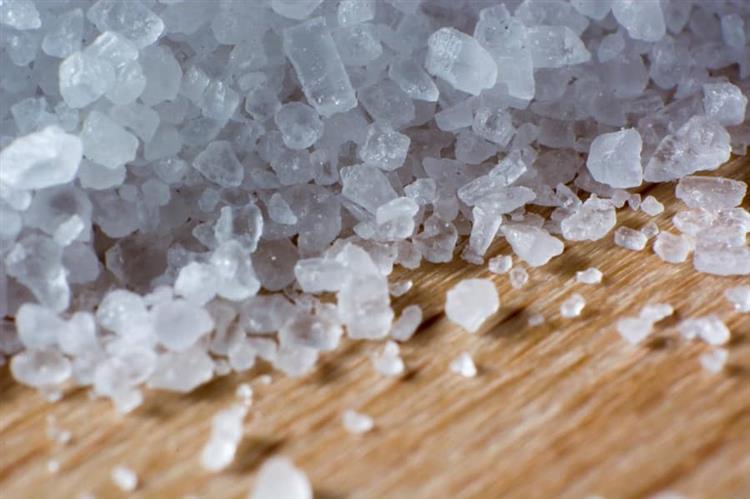
- 03 April 2024
- 1726 Views
introduction
Phthalic anhydride is a pivotal chemical compound in the realm of industrial chemistry, known for its versatility and wide array of applications. This white, crystalline substance, with a distinctive pungent odor, serves as a cornerstone for the synthesis of various products, from plastics to dyes. Understanding phthalic anhydride’s nature, how it is produced, and its applications can provide insights into its critical role in numerous industries.
What is Phthalic Anhydride?
Phthalic anhydride (C8H4O3) is an organic compound, an anhydride of phthalic acid. It is characterized by its two carboxylic acid groups, which make it highly reactive and an essential intermediate in chemical syntheses. This reactivity is pivotal in producing a plethora of derivatives that are integral to various materials and chemicals.
| Attribute | Details |
|---|---|
| Chemical Formula | C8H4O3 |
| Molecular Weight | 148.12 g/mol |
| Appearance | White crystalline solid |
| Odor | Pungent, acrid |
| Melting Point | 131°C |
| Boiling Point | 295°C |
| Solubility | Slightly soluble in water; soluble in alcohol, ether |
| Production Methods | Oxidation of ortho-xylene or naphthalene |
| Primary Uses | Production of plasticizers, synthesis of alkyd resins, manufacture of dyes and pigments |
Chemical Composition and Properties
Phthalic anhydride, with its formula C8H4O3, stands as a notable organic compound in the chemical industry. It's primarily recognized by its white crystalline form and distinctive pungent smell. The compound's melting point sits at 131°C, while its boiling point is marked at 295°C, showcasing its stability under a wide range of temperatures. Its solubility characteristics reveal a slight water solubility but a higher solubility in organic solvents such as alcohol and ether, broadening its application range in various industrial processes.
Production Techniques and Innovations
The synthesis of phthalic anhydride has traditionally relied on the catalytic oxidation of ortho-xylene or naphthalene. This process involves the intricate balance of reaction conditions to optimize yield and minimize by-products. Innovations in catalysis and process engineering continue to evolve, aiming to enhance efficiency, reduce environmental impact, and tap into renewable raw material sources. Advances in green chemistry principles are paving the way for more sustainable production methods, reflecting the industry's shift towards eco-friendliness.
Industrial Applications and Uses
Enhancing Polymer Flexibility
The role of phthalic anhydride in producing phthalate esters, crucial for plasticizing PVC, is perhaps its most prominent application. These plasticizers impart flexibility, durability, and workability to PVC, making it suitable for a wide array of products, from medical devices to automotive interiors.
Alkyd Resins in Coatings
In the realm of paints and coatings, phthalic anhydride-based alkyd resins offer superior properties, such as enhanced durability, weather resistance, and aesthetic appeal. These resins form the backbone of many architectural and industrial coatings, underscoring phthalic anhydride's value in surface treatments.
Colorants and Dyes
The synthesis of vibrant and stable colorants for textiles, inks, and paints relies on intermediates derived from phthalic anhydride. Its versatility enables the production of a broad spectrum of dyes and pigments, catering to the ever-growing demand for high-quality colorants in various industries.
Environmental Impact and Safety Measures
Phthalic anhydride's environmental and safety profile requires careful consideration. While it is a valuable industrial compound, its potential irritant effects and environmental persistence call for stringent handling and disposal practices. Regulatory bodies worldwide have established guidelines to ensure its safe production, use, and disposal, emphasizing worker safety and environmental protection.
Production of Phthalic Anhydride
The production of phthalic anhydride primarily involves the oxidation of ortho-xylene or naphthalene. The process occurs in the presence of a catalyst, typically vanadium pentoxide (V2O5), facilitating the transformation of these raw materials into phthalic anhydride through a controlled oxidation reaction. This method ensures the efficient and scalable production of phthalic anhydride, catering to its high demand in the market.
Uses and Applications
Plastics Industry
One of the most significant uses of phthalic anhydride is in the production of phthalate esters, which act as plasticizers. Plasticizers are substances added to plastics to increase their flexibility, transparency, durability, and longevity. Phthalate esters derived from phthalic anhydride are extensively used in manufacturing polyvinyl chloride (PVC) plastics, making phthalic anhydride indispensable in the plastics industry.
Resins and Coatings
Phthalic anhydride is also a key ingredient in the production of alkyd resins. These resins are used in paints, varnishes, and coatings, offering desirable properties such as improved adhesion, hardness, and weather resistance. The role of phthalic anhydride in formulating alkyd resins underscores its importance in the coatings industry.
Dyes and Pigments
Another notable application of phthalic anhydride is in the synthesis of dyes and pigments. Its chemical structure allows it to participate in reactions that produce colorants for textiles, inks, and paints. The versatility of phthalic anhydride-based colorants in providing a wide spectrum of colors and properties is crucial for the dyes and pigments industry.
Synthesis of Other Chemicals
Beyond these applications, phthalic anhydride is used to synthesize various other chemicals, including saccharin, an artificial sweetener, and certain pharmaceuticals. Its utility in creating a range of chemical compounds highlights its versatility and importance in chemical manufacturing.
Conclusion
Phthalic anhydride is a chemical compound of paramount importance in numerous industries, from plastics to coatings and beyond. Its role as a key intermediate in the production of a variety of products underscores its value in the global chemical market. Understanding phthalic anhydride’s properties, production methods, and applications reveals its indispensable role in modern industrial applications, making it a cornerstone of chemical synthesis and manufacturing.
